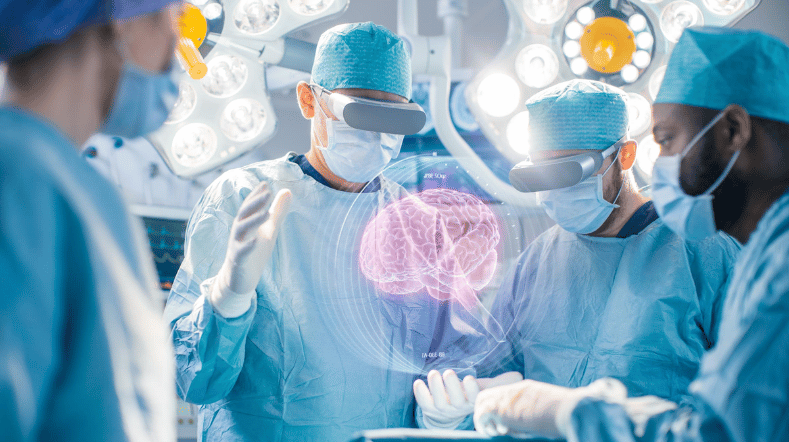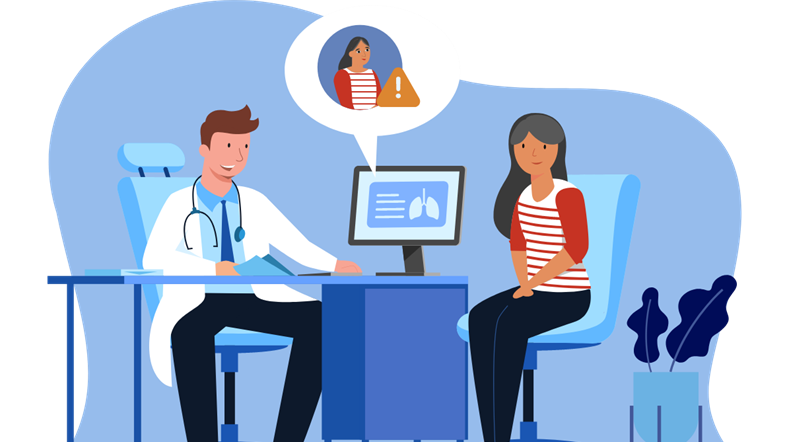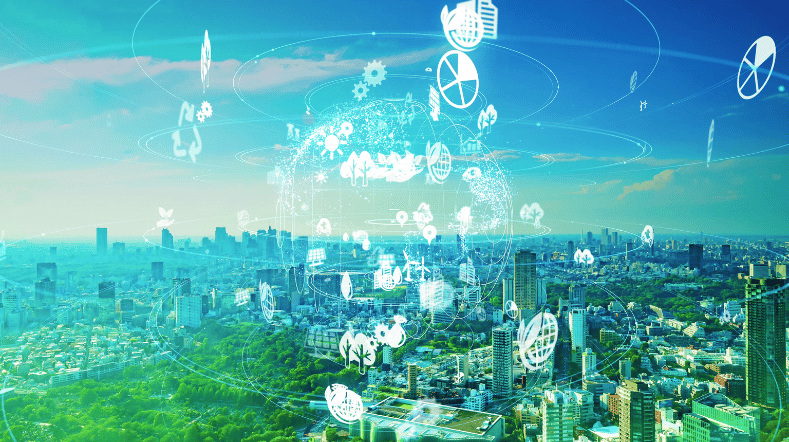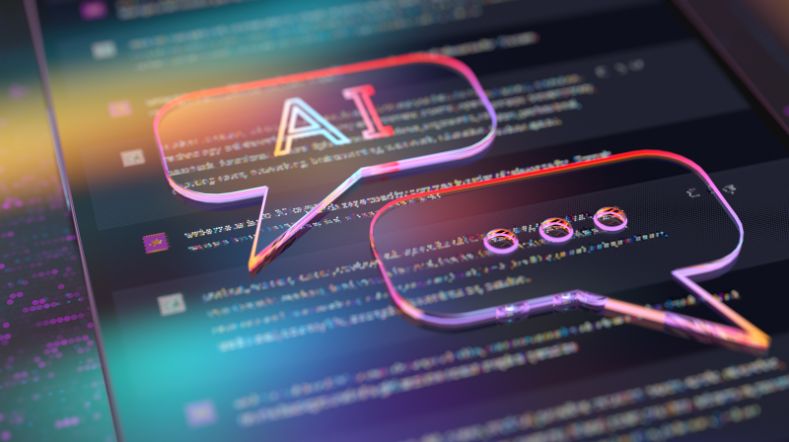Knowledge representation and reasoning
Whenever we want to make a decision or check something, correct information is crucial. The more clear the information, the better. If not, and for example if different terms are used for the same concept, there will be disruptive ‘noise’. Then you won’t be able to guarantee effective decision support or real-time control. The problem, however, is that many systems offer ambiguous information.
To solve this problem, we use the AI technology 'knowledge representation & reasoning'. This enables us to recordknowledge from the domain so thatthe same terms are used consistently and information is presented clearly. Only then can we reason about this knowledge in the right way. New facts and insights can be derived, which strengthens decision support and real-time control.
OWL formats present unambiguous information
TNO brings visibility to the most important concepts and their interrelationships within a domain. We present these knowledge models using various AI tools in the form of Knowledge Graphs of Ontology Web Language (OWL) formats.
We develop such an ontology in collaboration with domain experts. By presenting relevant information and possible trends in an unambiguous way, a reasoning machine can exploit this ready-to-use data to derive new insights and connections.
Knowledge representation & reasoning is a key technology within AI. It supports decision-making and makes real-time control effective. - Jack Verhoosel - senior business consultant & architect
Hybrid AI is twice as powerful
The AI knowledge representation & reasoning technique can be very valuable in combination with machine learning. In this way, machine learning contributes by taking into account the uncertainty of predictions. And knowledge representation & reasoning, in turn, helps to interpret the internal relationships within a domain.
This combination of reasoning (knowledge representation & reasoning) and learning (machine learning) is called Hybrid AI. In addition to decision support and real-time control, this also helps to find trends and patterns. This technology is currently used in various sectors, such as agriculture, horticulture, defence, industry and energy.
Get inspired
Working on reliable AI


AI model for personalised healthy lifestyle advice


AI in training: FATE develops digital doctor's assistant


Boost for TNO facilities for sustainable mobility, bio-based construction and AI


GPT-NL boosts Dutch AI autonomy, knowledge, and technology




